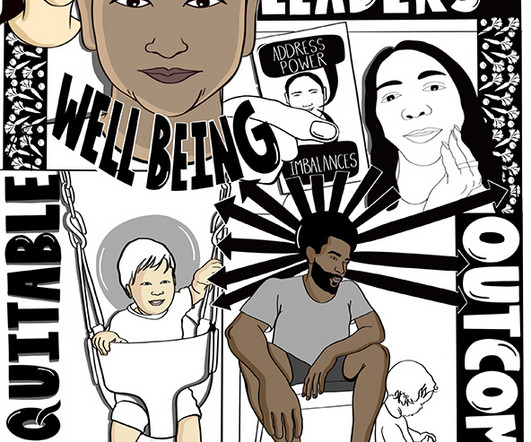3 decisions every nonprofit should make before writing an organizational plan
Candid
FEBRUARY 5, 2025
One of the reasons an estimated 30% of nonprofits dont last more than 10 years is poor organizational development. Developing an organizational plan that clearly defines your groups objectives is key to achieving long-term success and sustainability.












Let's personalize your content